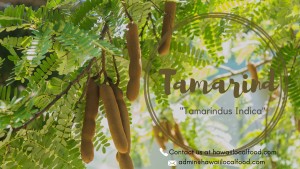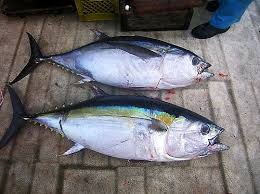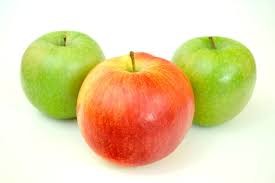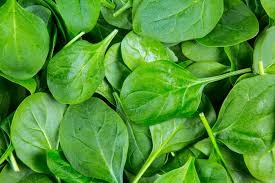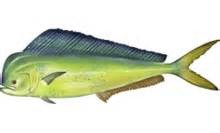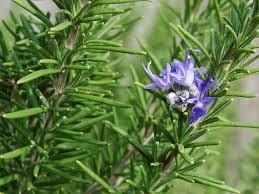Our Food Sellers and Farmers Our Mission is to connect locals to local food.
Tamarind
Tamarind is a tropical fruit which originated from Africa, specifically in Sudan. It grows in many humid and sub-humid countries like Hawaii, India, and Pakistan.
It belongs to the Fabaceae family with a scientific name, Tamarindus indica. The fruit is monotypic, meaning it only contains one species. Tamarind trees are considered leguminous trees because their fruit is in the shape of bean-like pods.
The fruit is flat, unevenly curved and bulged, which makes it a really interesting fruit to consume. Usually, it varies from 2 to 7 in long, from 3/4 to 1 1/4 in (2-3.2 cm) in diameter.
Remarkably large tamarinds have been found on single trees. The meat of a young tamarind is green and sour. As it ripens, the juicy pulp changes to paste-like with a more sweet-sour taste and a cinnamon-like color.
Tamarind has many uses. It is useful in cooking luscious dishes because it is a low-glycemic fruit that carries numerous micronutrients, making it a hearty whole food ingredient.
It is also widely known for its therapeutic properties that the human body can benefit from. Sometimes, it is also used for household purposes. This article talks about the health benefits of tamarind.
Varieties of Tamarind
Sour Tamarind- The most common type of tamarind
Sweet Tamarind- Comes from Thailand
Medicinal Properties
Can Mitigate Liver Injury
The active procyanidins in tamarind helps in preventing free radicals from entering the liver. Reduction in the quantity of inflammatory markers, like peroxidase, glutathione, reductase and total thiols was also found.
The presence of chronic inflammation in the body incidentally affects ones liver. In a recent study, rats with arthritis were given tamarind seed extract. The results showed a reduction in liver oxidative stress.
Can Relieve Stomach Ache and Constipation
Tamarind is famously known as a laxative due to its high amount of tartaric and malic acids. The fruit also has potassium bitartrate, which can also alleviate constipation.
Can Control Hypertension
The dried meat from tamarinds is believed to have anti-hypertensive effects. The pulp of the fruit has been found to lessen diastolic blood pressure at a dose of 15 mg/kg body weight in a recent study. Its extract has a high chance to lower the risk factors of atherosclerosis in humans as well.
May Help In Managing Diabetes
Interestingly, Tamarind have consecutively reduced the blood sugar levels in diabetic rats according to a recent study. Whats even more amazing is that the fruit could counterbalance hyperglycemia even in rats with severe diabetes.
The seeds present in the fruit can improve the production of new cells of pancreatic beta cells. This can reinstate the ability to produce the necessary amounts of insulin for patients with diabetes.
Can Help Prevent Microbial Disease and Malaria
Tamarind is popularly known to be a fever medicine. The extracts of the fruit showed effects against diseases such as Burkholderia pseudomallei and Staphylococcus aureus. Moreover, numerous parts of the plant are widely used in treating malaria. It has anti-inflammatory and antioxidant properties which could play a vital role in such illnesses.
Health Benefits
Nutritional Value: A single cup (120 grams) of the pulp contains
- Magnesium: 28% of the RDI.
- Potassium: 22% of the RDI.
- Iron: 19% of the RDI.
- Calcium: 9% of the RDI.
- Phosphorus: 14% of the RDI.
- Vitamin B1 (thiamin): 34% of the RDI.
- Vitamin B2 (riboflavin): 11% of the RDI.
- Vitamin B3 (niacin): 12% of the RDI.
Trace amounts of vitamin C, vitamin K, vitamin B6 (pyridoxine), folate, vitamin B5 (pantothenic acid), copper and selenium.
Tamarind carries a wide array of biologically active phytochemical compounds. For the most part, it contains taxifolin, proanthocyanidins, luteolin, eriodictyol, naringenin, epicatechin, phenolic polymers, catechin, and more.
The fruit commonly contains pectin, citric acid, tannins, tartaric acid, and succinic acid. Its seeds contain albuminoid amyloids, palmitic acid, campesterol, eicosanoic acid, beta-sitosterol, linoleic acid, and oleic acid. Compounds like phytohemagglutinin, cellulose, and albuminoid amyloids were also found.
The phytochemicals and nutrients of tamarind act in synergy to produce its advantageous benefits.
May Aid Weight Management
Obesity is often connected to the kidney, heart, liver and other life threatening diseases and metabolic disorders.
Researchers have studied the effect of tamarind on weight management and obesity in rat studies. Tamarind pulp was found to lower the bad cholesterol (LDL) and increase the good cholesterol (HDL) content in plasma.
However, Further studies are necessary to acknowledge what other compounds in the plant contribute to this advantage.
Can Help Lighten and Exfoliate Skin
The pulp of a tamarind fruit has been traditionally acknowledged as a natural skin care remedy since the olden days.
It encourages lighter and a better skin texture due to the presence of alpha-hydroxy acids (AHAs). The AHAs in the fruit include lactic acid (2%), tartaric acid (823.8%), malic acid, and citric acid. These compounds can moisturize and keep your skin hydrated.
Traditional Medicine
In beverage form, the fruit is commonly used to aid fever, diarrhea, peptic ulcers, and constipation. The bark and leaves were also used to promote wound healing. Modern scientists and researchers are now studying this plant for potential medicinal uses.
Cooking Uses
Tamarind pulp is helpful for cooking in countries like Hawaii, India, Mexico, the Middle East and the Caribbean. Whats even better is that the leaves and seeds are edible. Usually, it is used in soups, making sauces, marinades, cooking chutneys, making drinks and desserts. Did you know? It is also one of the ingredients of Worcestershire sauce.
Precautions
The World Health Organization (WHO) considers the tamarind fruit to be non-toxic, therefore, possibly safe. However, your kidneys may be at risk due to mineral overload. It would be better to consult a doctor first to decide on the upper limit of tamarind intake for you.
